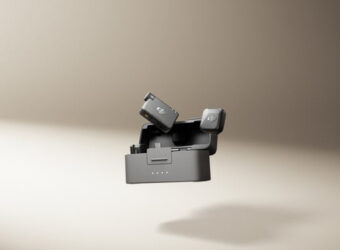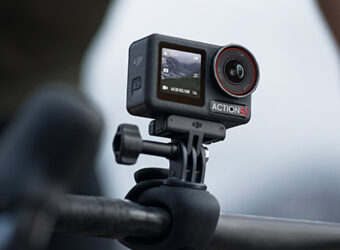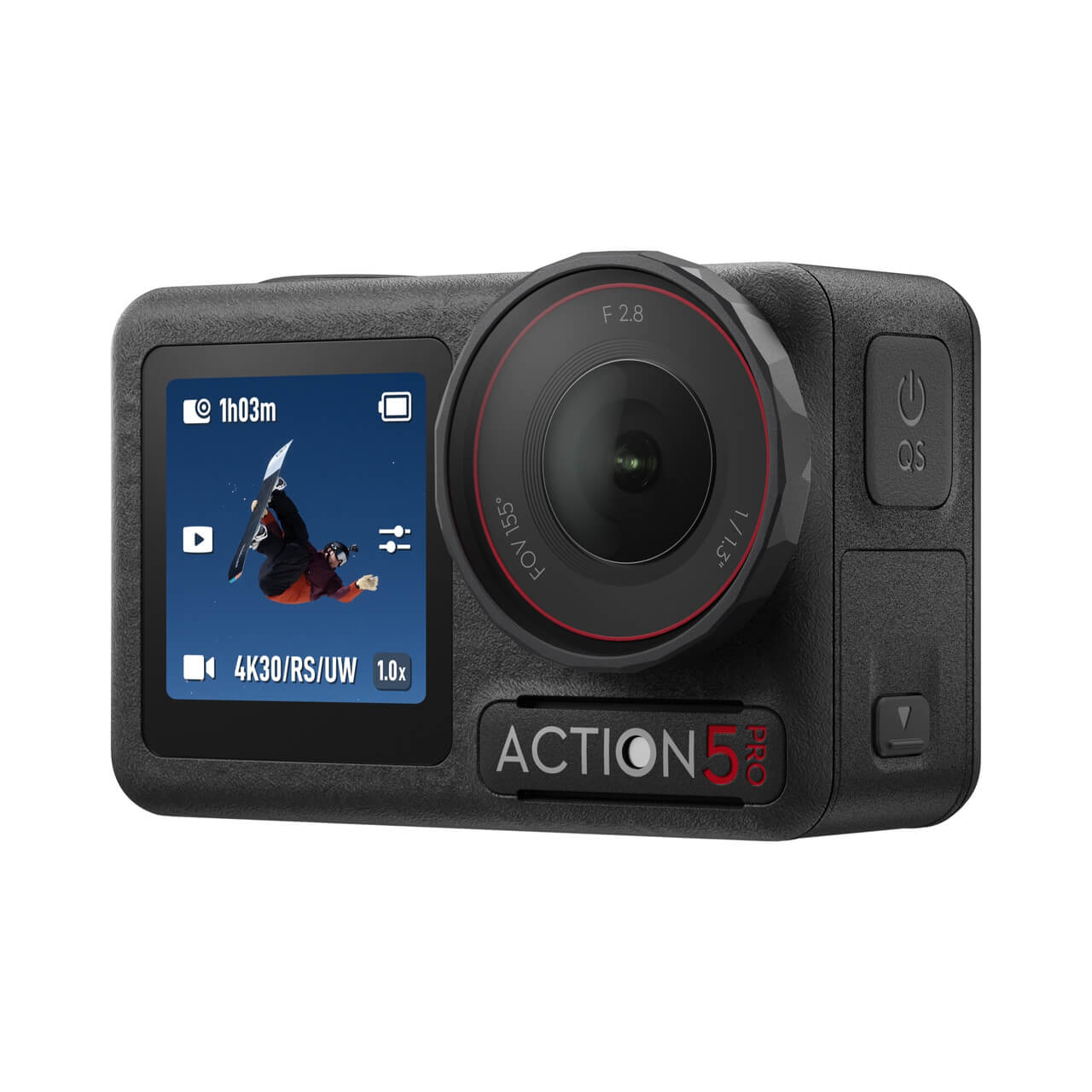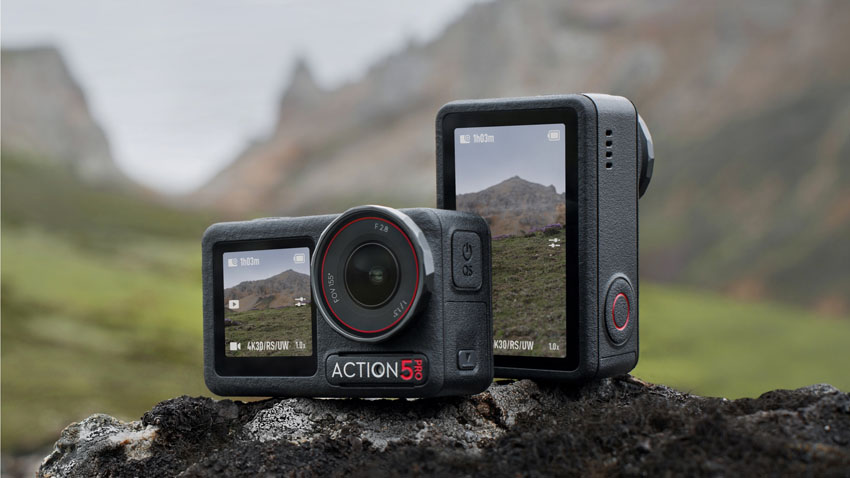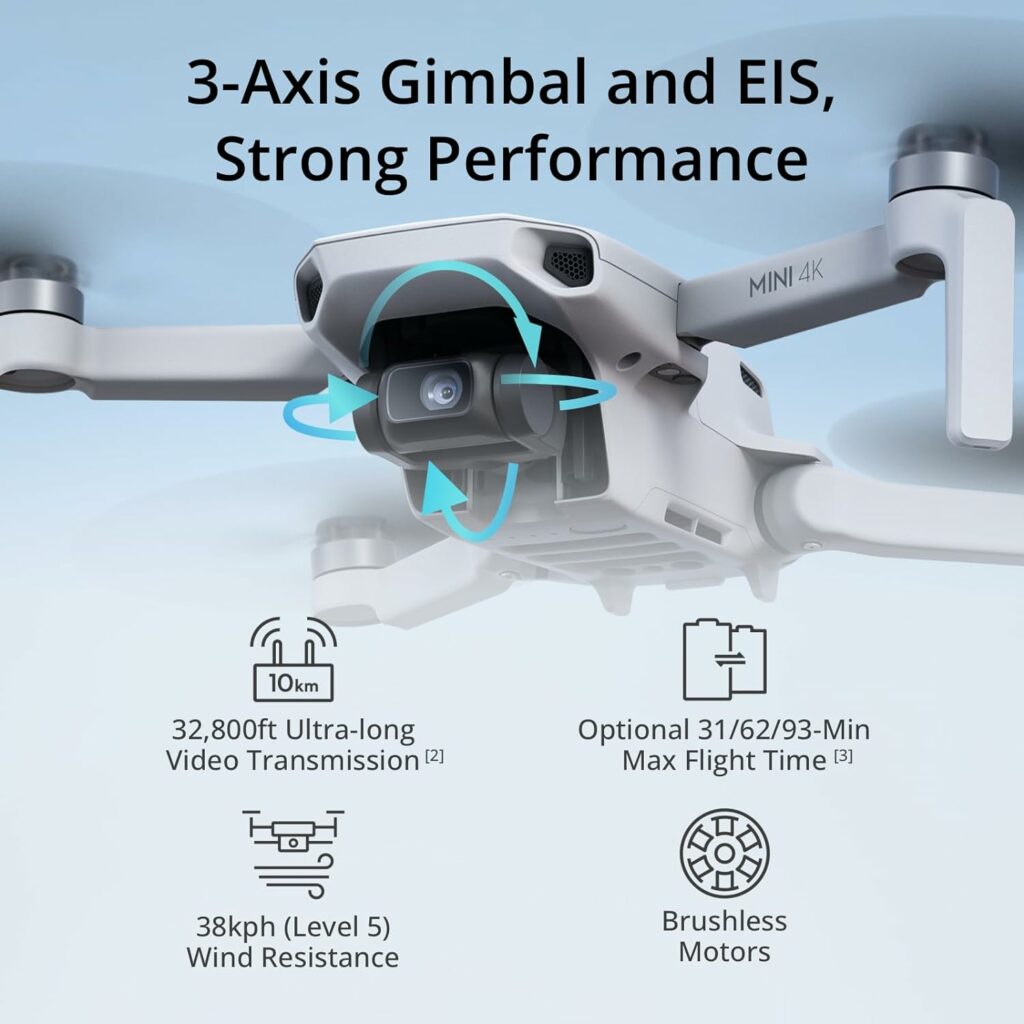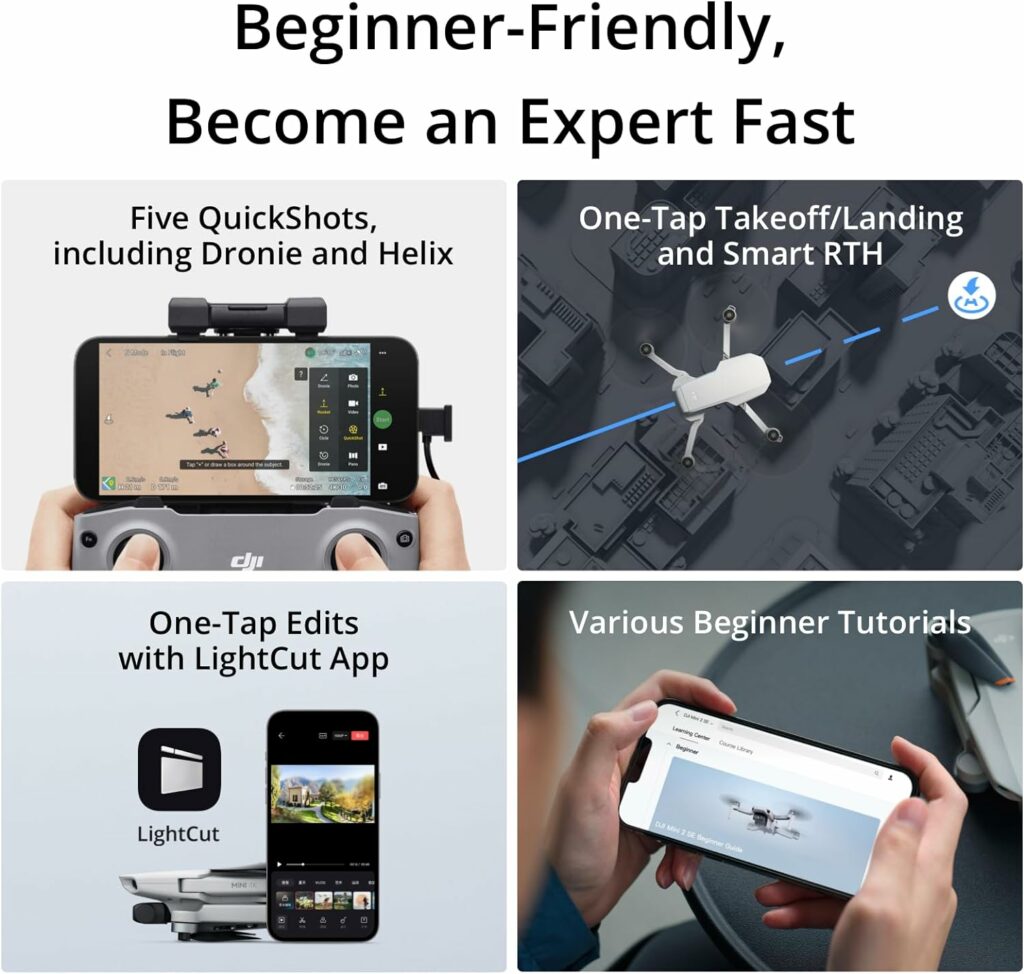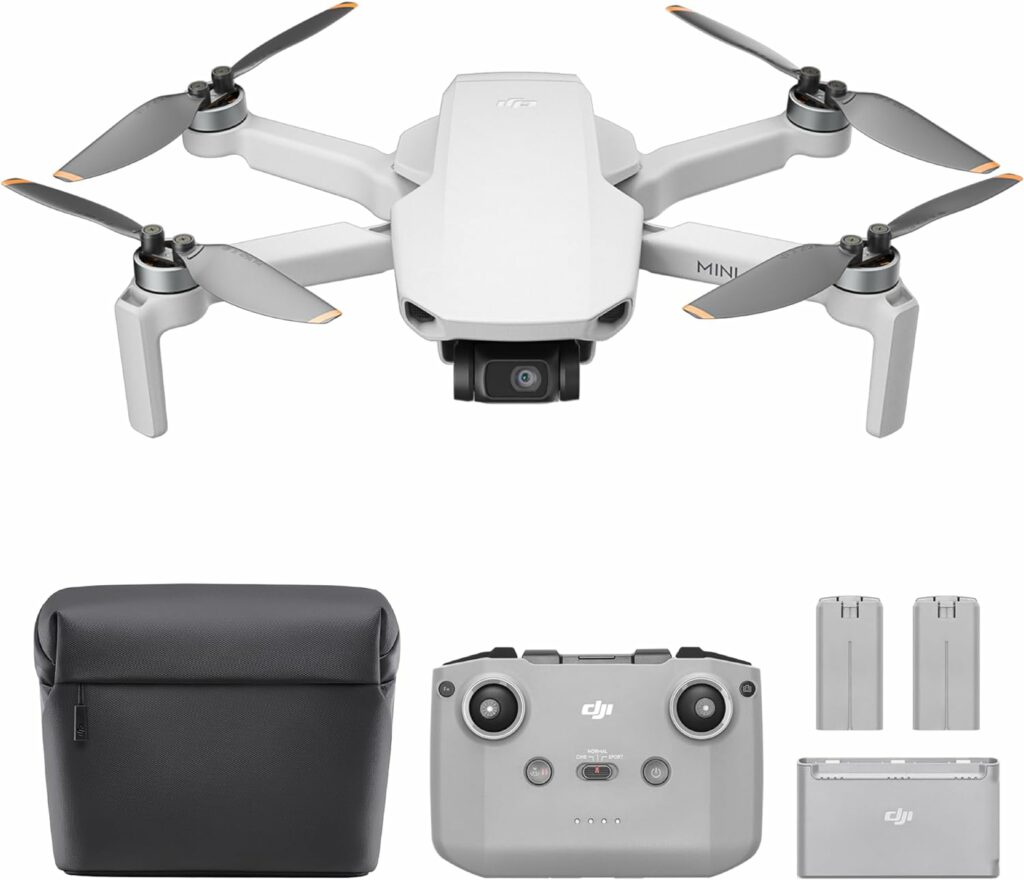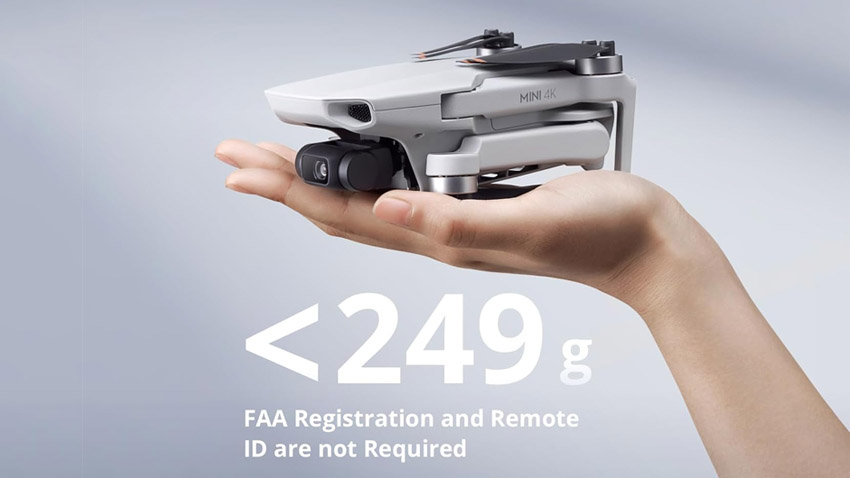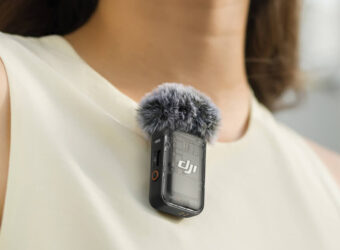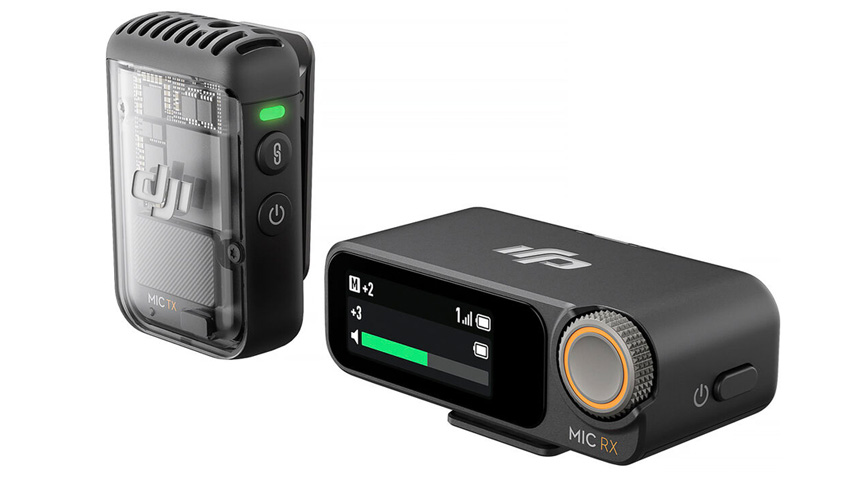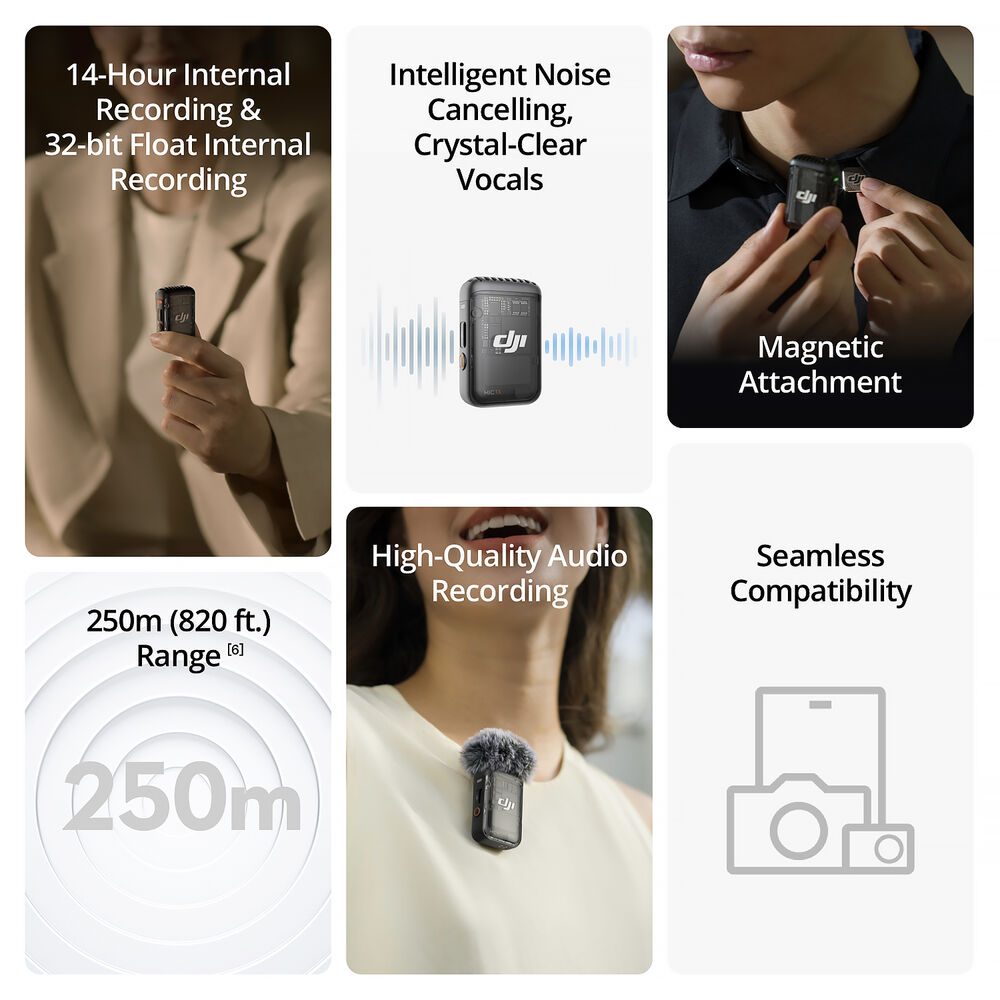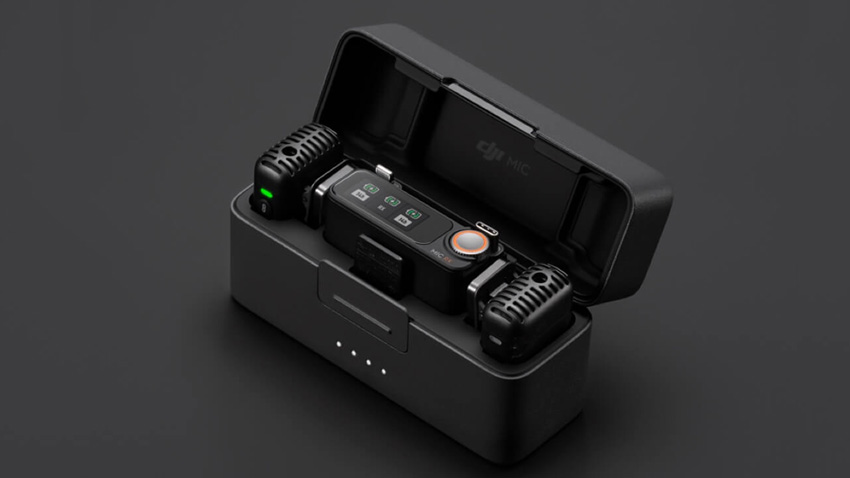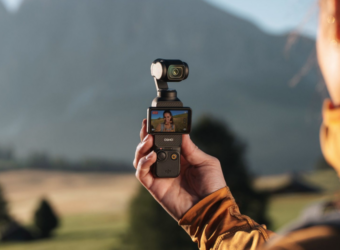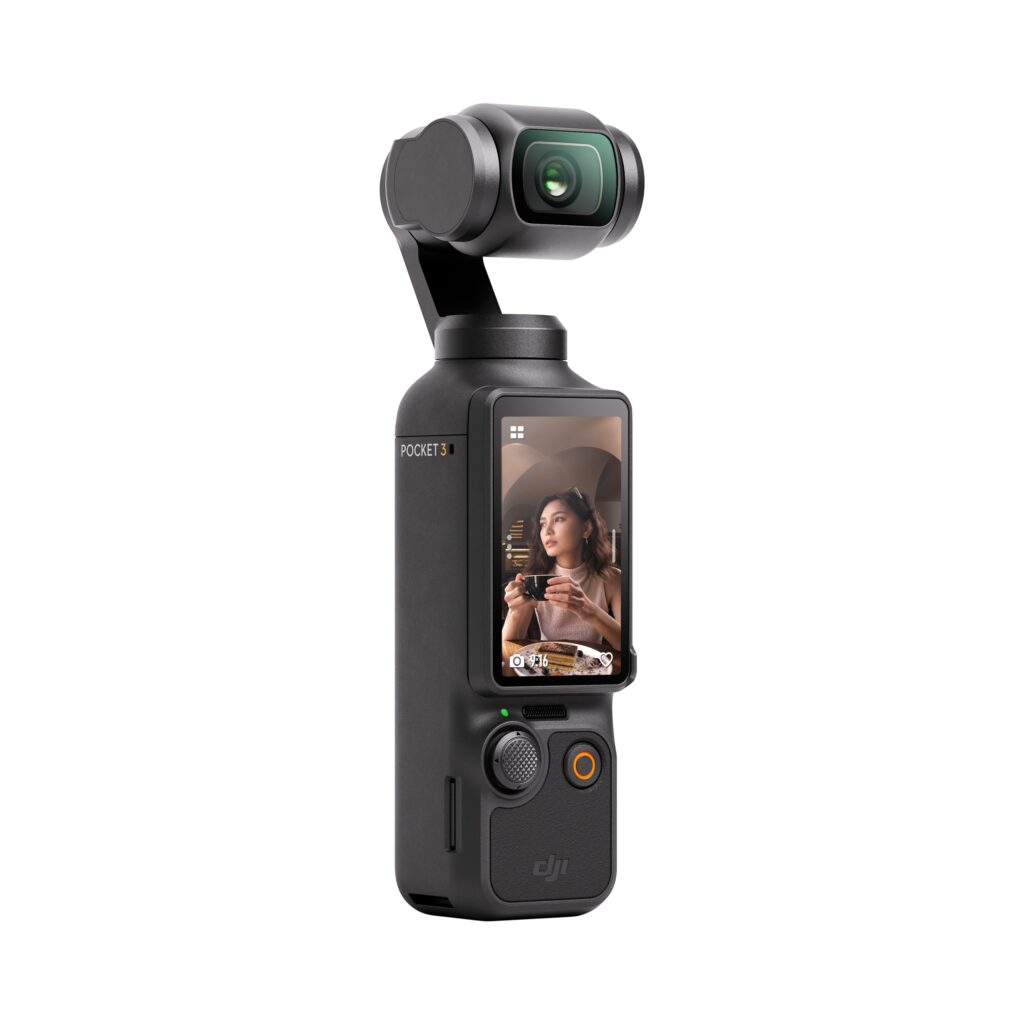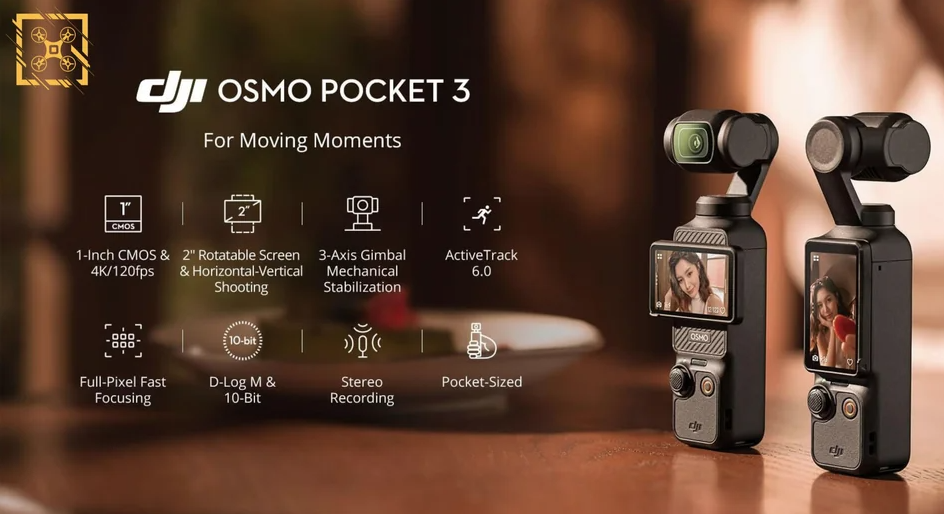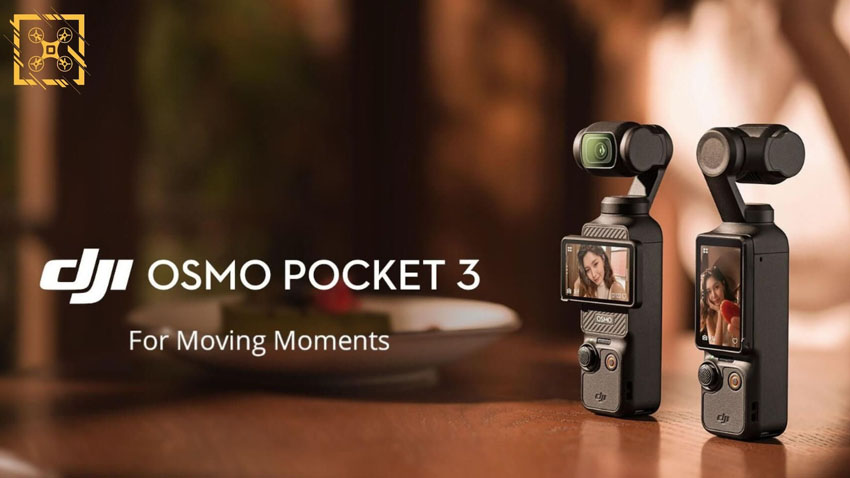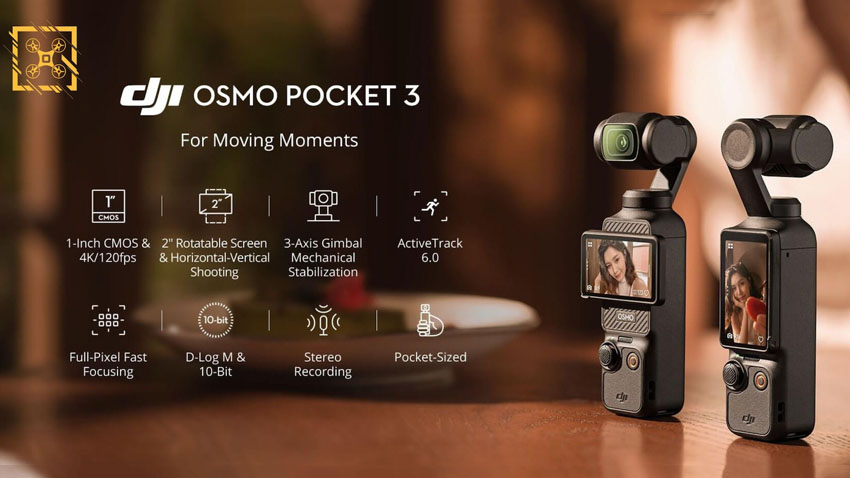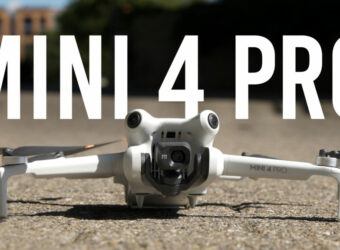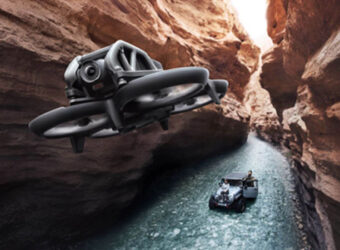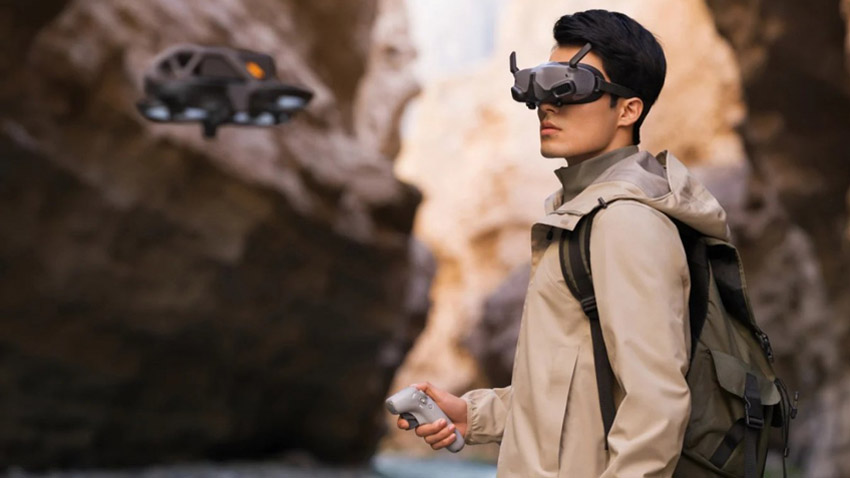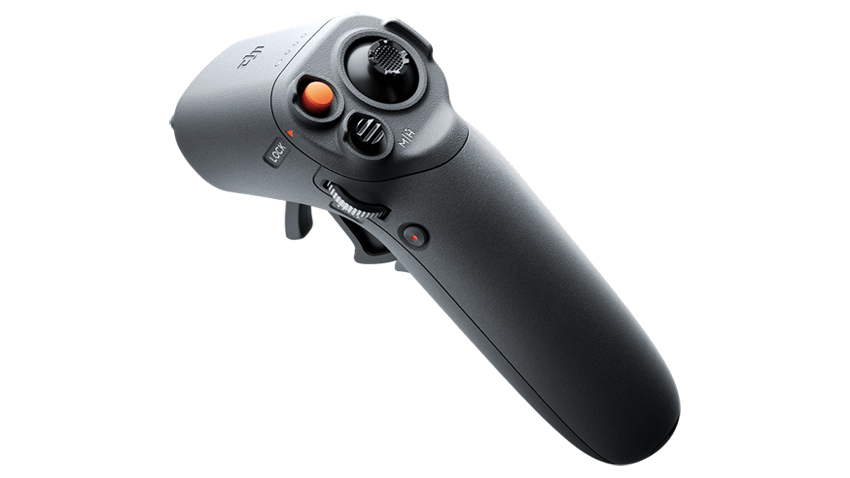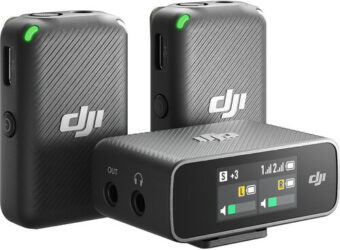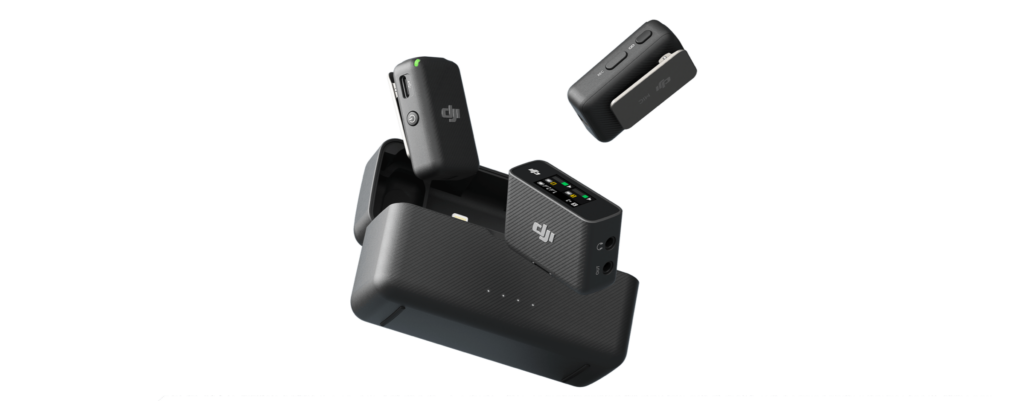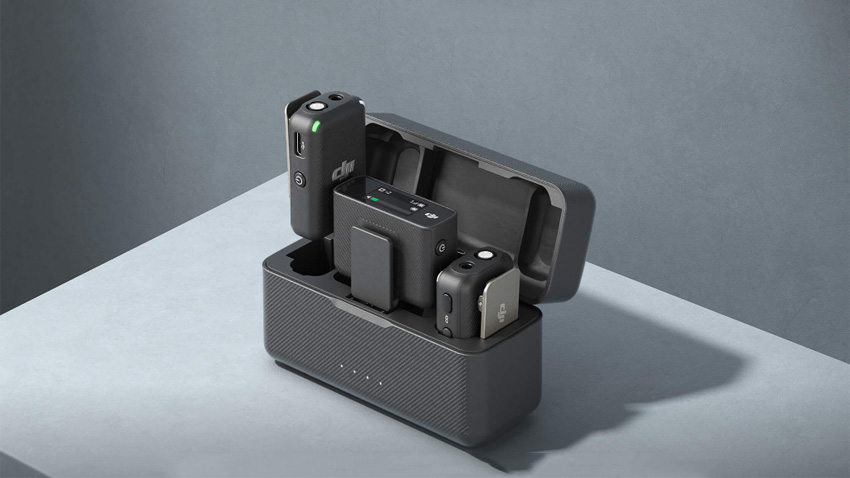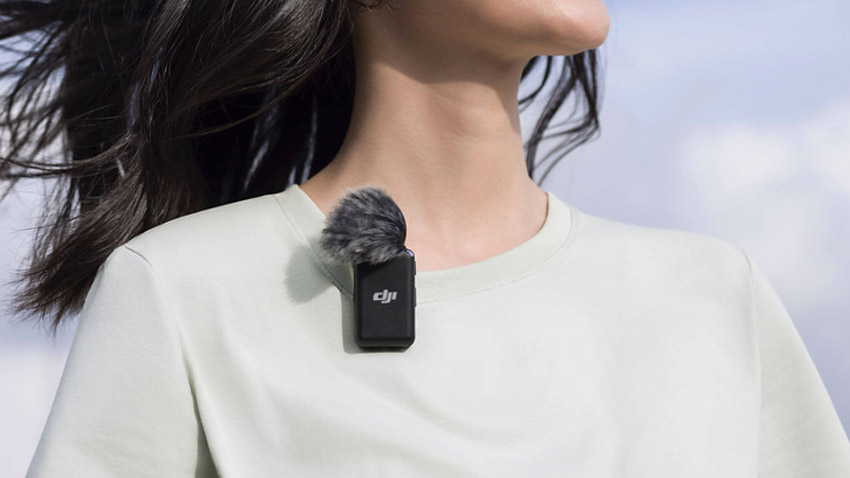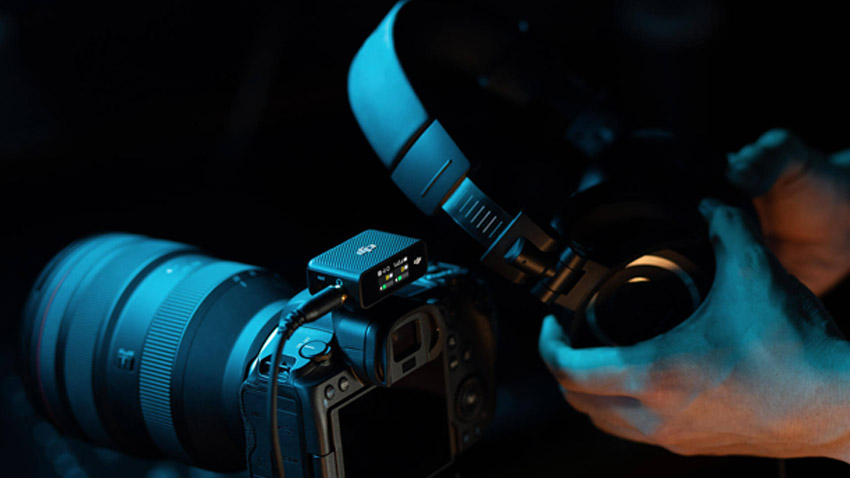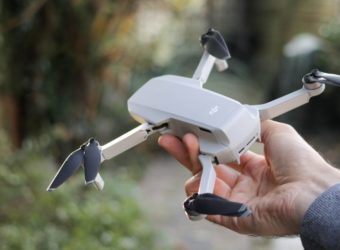DJI Mic Mini Dowsizes Wireless Audio for Content Creators
DJI has unveiled the DJI Mic Mini, a compact and lightweight wireless microphone system designed to cater to content creators a more compact portable and reliable audio solution without compromising performance. Priced under $170, the new Mic Mini aims to deliver high-quality sound recording with a range of advanced features packed into a small, user-friendly design that is easily incorporated into the DJI Osmo EcoSystem.
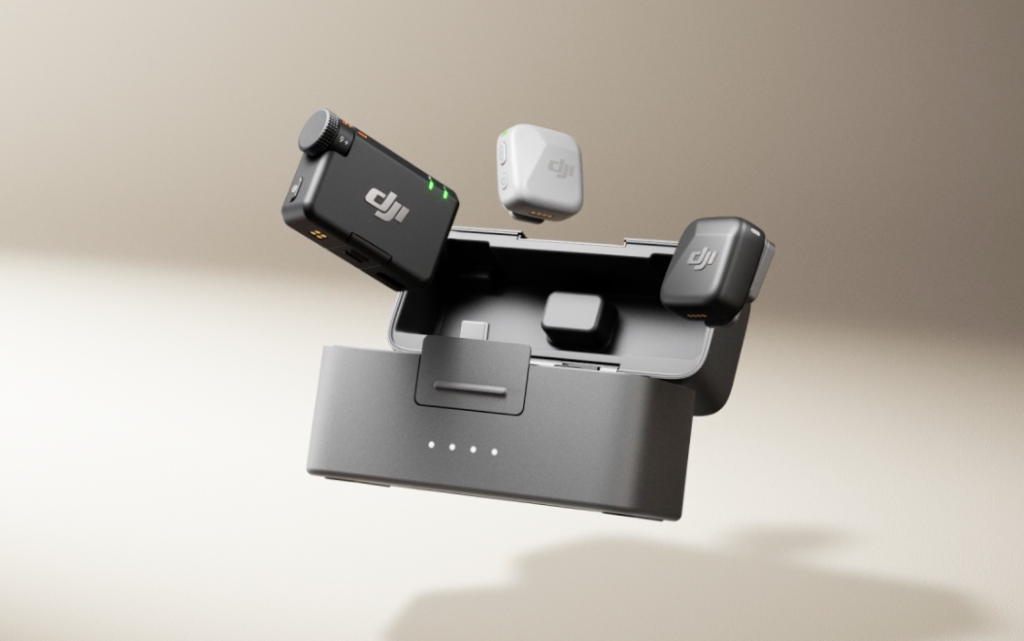
Key Features and Design
Weighing just 10 grams, the DJI Mic Mini is designed to be half the size of the flagship DJI Mic 2, and is ideal for portability and discretion. It can be easily attached using magnets, a clip-on, or hanging from a lanyard, offering flexibility for creators filming in various environments. Despite its small size, the device includes dual noise-canceling technology, a third safety track, and a transmission range of up to 400 meters (1,312 feet).
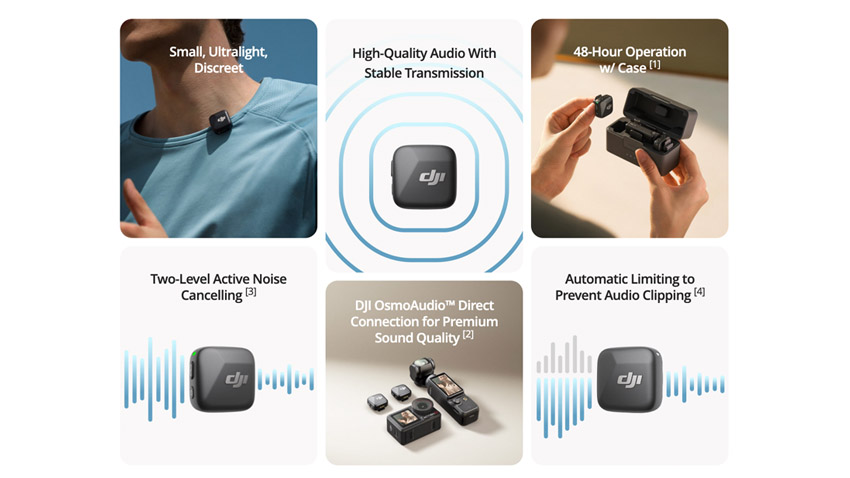
The microphone includes two noise-canceling modes: a basic mode for indoor settings and a stronger mode to reduce outdoor background interference. Additionally, through the DJI Mimo app, the device records a safety track at a lower volume (-6 dB), providing a backup in case of audio issues such as distortion. Moreover, through the receiver, users can set up to five different gain levels to adjust to all demanding ambient sound environments, and there’s an option to record in either dual track stereo or a single mono track for both audio signals.
Long Battery Life
One of the standout features of the Mic Mini is its battery life, which lasts up to 48 hours on a full charge. A quick five-minute charge provides an additional hour of recording time. The microphone also has a power-saving feature, which places it into sleep mode during periods of inactivity to conserve battery.
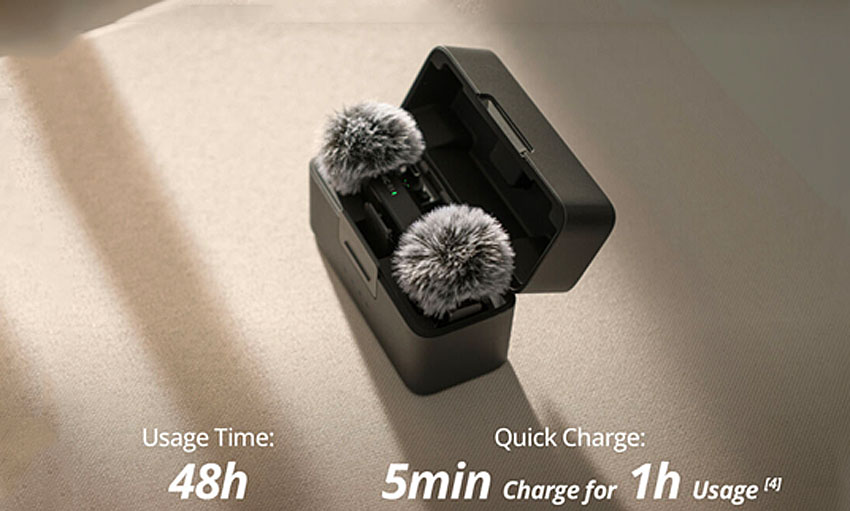
Compatibility and Connectivity
The DJI Mic Mini transmitters are compatible with various DJI devices, including the Osmo Action 5 Pro, Action 4, and Pocket 3. It can also connect directly to smartphones, drones, and third-party applications via Bluetooth. DJI’s Fly app offers additional functionality, connecting to DJI drones such as the DJI Neo, and can reduce propeller noise and merge audio tracks with drone footage.
Pricing and Availability
The DJI Mic Mini is available in two colors—Arctic White and Infinity Black. The standard set, priced at $169, includes a receiver, two transmitters, a charging case, USB-C cables, a Type-C phone adapter, furry windscreens, mini clip magnets, and a carrying pouch. A solo set with one transmitter and one receiver is available for $89. Additional transmitters and charging cases can be purchased separately.
With its compact design and range of features, the DJI Mic Mini provides an accessible option for creators looking to enhance their audio recording capabilities. More information can be found at DJI.com.
[Source: DJI]
